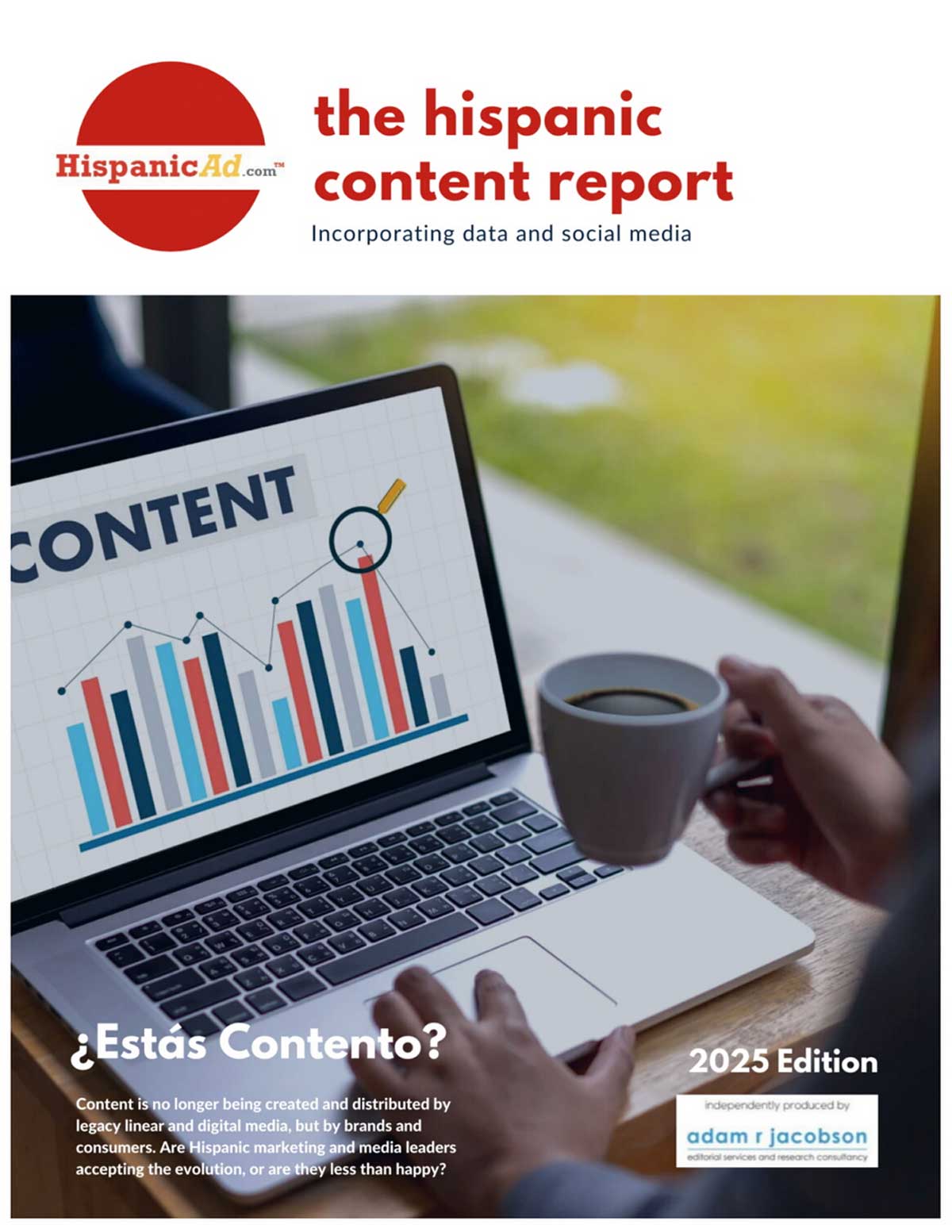Engaging Teens Through Music
 Think back to your own teen years. Maybe it was not long ago. Maybe it was decades ago. What did you love when you were young? Cars? Video games? Movies? Dancing? Sports? Some of you probably liked some of those things but there is one thing pretty much every teen loves and that’s music. Music holds a special place in everyone’s heart and memory. A song from a long ago summer can bring back memories in a way few other things can match. Listening to and loving music is part and parcel of being a teen.
Think back to your own teen years. Maybe it was not long ago. Maybe it was decades ago. What did you love when you were young? Cars? Video games? Movies? Dancing? Sports? Some of you probably liked some of those things but there is one thing pretty much every teen loves and that’s music. Music holds a special place in everyone’s heart and memory. A song from a long ago summer can bring back memories in a way few other things can match. Listening to and loving music is part and parcel of being a teen.


 In the drive for expanded access to high-quality early education programs, stakeholders need to understand and address the unique learning needs of young Hispanic dual language learners (DLLs), according to a new report from Educational Testing Service (ETS). The report examines the emerging research base on strategies for supporting the learning and development of DLLs in preschool and the early primary grades.
In the drive for expanded access to high-quality early education programs, stakeholders need to understand and address the unique learning needs of young Hispanic dual language learners (DLLs), according to a new report from Educational Testing Service (ETS). The report examines the emerging research base on strategies for supporting the learning and development of DLLs in preschool and the early primary grades. AHAA: The Voice of Hispanic Marketing announced the theme of its Annual Conference, taking place in Miami from April 27 to 29, 2015: “Redefining Relevance.” With the marketing landscape constantly evolving to keep up with dramatically changing demographics, new strategies are tested, new models of data collection are created, and return on investment (ROI) is scrutinized to ensure proper budgetary allocations. However, the most successful marketing campaigns consistently hit home runs in one area: Relevance. Relevant messaging, creative, and delivery are all necessary to forge meaningful relationships and win brand loyalty of Hispanics, America’s most powerful demographic.
AHAA: The Voice of Hispanic Marketing announced the theme of its Annual Conference, taking place in Miami from April 27 to 29, 2015: “Redefining Relevance.” With the marketing landscape constantly evolving to keep up with dramatically changing demographics, new strategies are tested, new models of data collection are created, and return on investment (ROI) is scrutinized to ensure proper budgetary allocations. However, the most successful marketing campaigns consistently hit home runs in one area: Relevance. Relevant messaging, creative, and delivery are all necessary to forge meaningful relationships and win brand loyalty of Hispanics, America’s most powerful demographic. Florida State University’s Center for Hispanic Marketing Communication celebrates its 10th anniversary and honors the pioneering leadership of founder Felipe Korzenny during the fifth annual International Conference on Hispanic/Latino Media and Marketing, which brings together marketing professionals and scholars from across the United States, Spain, and Latin America. The Center’s Board of Advisors, the FSU community and industry leaders will honor Dr. Korzenny at a special gala February, 2015.
Florida State University’s Center for Hispanic Marketing Communication celebrates its 10th anniversary and honors the pioneering leadership of founder Felipe Korzenny during the fifth annual International Conference on Hispanic/Latino Media and Marketing, which brings together marketing professionals and scholars from across the United States, Spain, and Latin America. The Center’s Board of Advisors, the FSU community and industry leaders will honor Dr. Korzenny at a special gala February, 2015. Olympic gold medalist, 10-time world champion in six weight divisions and leading boxing promoter Oscar De La Hoya will launch a new Spanish-language sports, travel and lifestyle cable television channel called De La Hoya TV.
Olympic gold medalist, 10-time world champion in six weight divisions and leading boxing promoter Oscar De La Hoya will launch a new Spanish-language sports, travel and lifestyle cable television channel called De La Hoya TV. January 25th, Telemundo brings the much anticipated “Miss Universe” beauty pageant at 8pm/7c, hosted by television stars Raul Gonzalez and Rashel Diaz.
January 25th, Telemundo brings the much anticipated “Miss Universe” beauty pageant at 8pm/7c, hosted by television stars Raul Gonzalez and Rashel Diaz. With “The Big Game” just around the corner, football fans may be starting to wonder whether or not their beloved game is still America’s Favorite Sport. Back in 1985, there was only a one-point difference between the percentage of American adults who followed at least one sport and considered pro football (24%) or baseball (23%) to be their favorite.
With “The Big Game” just around the corner, football fans may be starting to wonder whether or not their beloved game is still America’s Favorite Sport. Back in 1985, there was only a one-point difference between the percentage of American adults who followed at least one sport and considered pro football (24%) or baseball (23%) to be their favorite.  Examining user perception, the IAB study found that only 18 percent of smartphone owners who use the mobile internet on their phone say they spend significantly more time using mobile apps than browsing mobile websites. However, more than half (52%) of smartphone owners say they click links within apps that take them to content on mobile websites at least sometimes or more frequently.
Examining user perception, the IAB study found that only 18 percent of smartphone owners who use the mobile internet on their phone say they spend significantly more time using mobile apps than browsing mobile websites. However, more than half (52%) of smartphone owners say they click links within apps that take them to content on mobile websites at least sometimes or more frequently. By Gonzalo López Martí – LMMIAMI.COM
By Gonzalo López Martí – LMMIAMI.COM
 There is not much of a question that more and more companies — buyers, sellers and intermediaries alike — are going to use a digital approach to TV advertising.
There is not much of a question that more and more companies — buyers, sellers and intermediaries alike — are going to use a digital approach to TV advertising. Over the last couple of years, Puerto Rico has been caught in an economic recession that has not only regulatory and financial institutions worrying about the financial stability of the island’s economy, but also the average islander is looking to leave the island for better opportunities on the US mainland. Once gain, the economy in Puerto Rico is not growing, but has been contracting according to all international and national sources. This has not only impacted the quality of life on the island for its inhabitants and the crime rate, but has also affected the advertising industry on the island as a whole.
Over the last couple of years, Puerto Rico has been caught in an economic recession that has not only regulatory and financial institutions worrying about the financial stability of the island’s economy, but also the average islander is looking to leave the island for better opportunities on the US mainland. Once gain, the economy in Puerto Rico is not growing, but has been contracting according to all international and national sources. This has not only impacted the quality of life on the island for its inhabitants and the crime rate, but has also affected the advertising industry on the island as a whole.
























